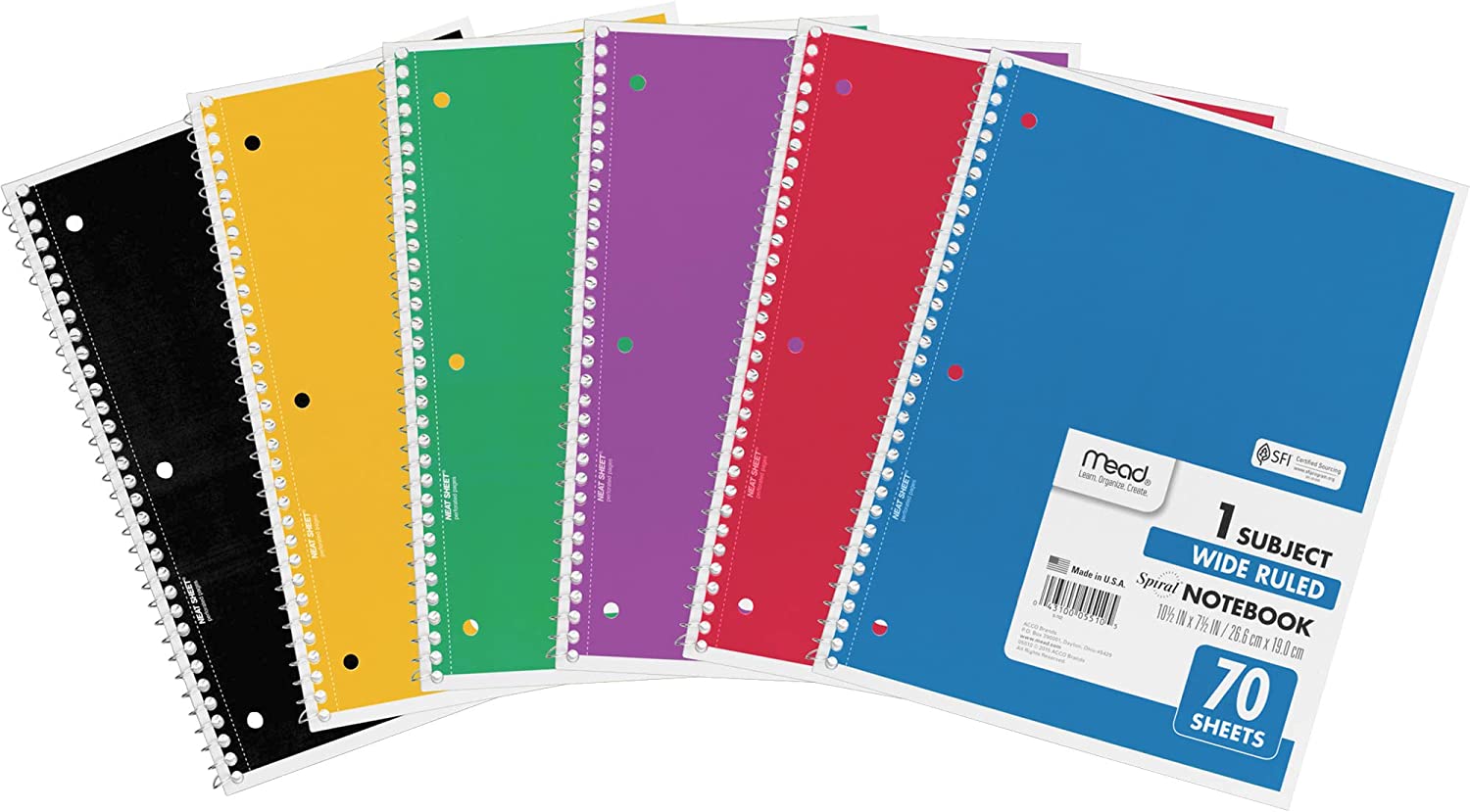Introduction: The history of notebooks spans centuries and reflects the evolution of human communication and information storage. This article traces the journey of notebooks from ancient papyrus scrolls to the digital age, showcasing how they have adapted to changing technologies and cultural shifts.
1. Ancient Origins: Early civilizations used materials like papyrus, clay tablets, and parchment to record information, paving the way for the concept of portable note-taking.
2. Renaissance and Enlightenment: Bound paper notebooks gained popularity during the Renaissance and Enlightenment periods, facilitating the exchange of ideas and knowledge.
3. Industrial Revolution: The Industrial Revolution introduced mass production techniques, making notebooks more accessible to a wider audience.
4. 20th Century Innovations: Spiral-bound notebooks, composition books, and ring binders became common in the 20th century, catering to diverse note-taking needs.
5. Digital Transformation: The digital age brought tablets, laptops, and smartphones, revolutionizing the way we take and store notes.
6. Hybrid Solutions: Hybrid notebooks combine analog and digital features, offering the benefits of both worlds.
7. Notebooks in the Future: As technology continues to advance, notebooks are likely to adapt further, combining tradition with innovation.
Conclusion: The evolution of notebooks mirrors the evolution of human communication, highlighting our continuous quest to capture and organize information in ever more efficient and effective ways.







